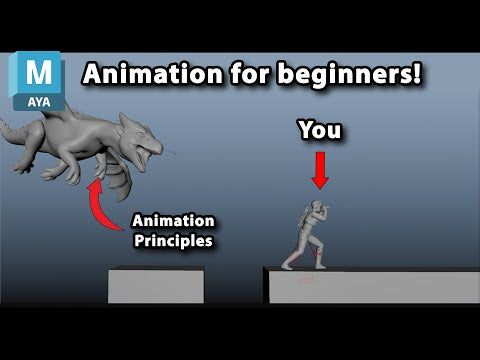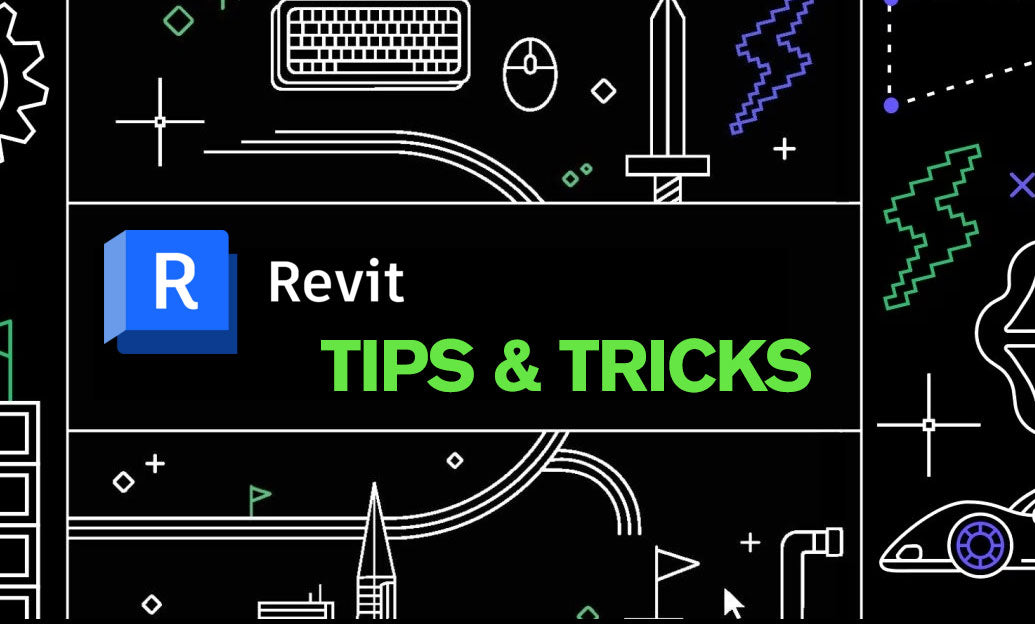Your Cart is Empty
Customer Testimonials
-
"Great customer service. The folks at Novedge were super helpful in navigating a somewhat complicated order including software upgrades and serial numbers in various stages of inactivity. They were friendly and helpful throughout the process.."
Ruben Ruckmark
"Quick & very helpful. We have been using Novedge for years and are very happy with their quick service when we need to make a purchase and excellent support resolving any issues."
Will Woodson
"Scott is the best. He reminds me about subscriptions dates, guides me in the correct direction for updates. He always responds promptly to me. He is literally the reason I continue to work with Novedge and will do so in the future."
Edward Mchugh
"Calvin Lok is “the man”. After my purchase of Sketchup 2021, he called me and provided step-by-step instructions to ease me through difficulties I was having with the setup of my new software."
Mike Borzage
Revolutionizing Architectural Design: The Impact of Virtual Reality on Conceptualization, Construction, and Project Management
August 06, 2024 2 min read


Introduction to Virtual Reality in Architecture
In the realm of architectural design, traditional tools and processes have long dominated the landscape, with architects relying heavily on 2D sketches and physical models to bring their visions to life. However, the advent of Virtual Reality (VR) technology has ushered in a new era, offering unprecedented opportunities to transform the way architects conceptualize, design, and present their projects. This section delves into the evolution of VR in architecture, tracing its journey from a novel concept to an essential, practical design tool that is reshaping the industry.
Transforming Conceptualization and Design with VR
Virtual Reality has revolutionized the conceptualization phase of architectural design, enabling architects to create immersive, interactive 3D models. This technology facilitates a comprehensive understanding of spatial relationships and design elements that traditional 2D sketches and physical models cannot match. The comparison between traditional methods and VR immersive environments reveals a significant shift in how architects approach design:
- Traditional 2D sketches and 3D modeling provide a static view, limiting the ability to fully visualize and explore architectural designs.
- VR immersive environments offer a dynamic, interactive exploration of architectural projects, allowing both architects and clients to experience spaces as they would in reality.
The collaborative design processes enabled by VR represent a significant advancement, fostering real-time modifications and iterations that bring clients and stakeholders directly into the design conversation.
VR in Construction and Project Management
The application of VR technology extends beyond the design phase, playing a crucial role in construction and project management. Virtual walkthroughs facilitated by VR allow architects, engineers, and construction teams to identify and address design inconsistencies before breaking ground, saving time and resources. The integration of VR with Building Information Modeling (BIM) offers a comprehensive project overview, enhancing decision-making and project management. Key benefits include:
- Use of VR for safety training and simulation, significantly improving on-site safety protocols for workers.
- Seamless integration of VR with BIM to enable a holistic view of projects, ensuring better coordination and efficiency.
The future of VR in construction looks promising, with emerging technologies and methodologies poised to further streamline the construction process.
Challenges and Future Outlook
Despite its potential, the adoption of VR in architecture faces several challenges, including high costs, technical limitations, and the need for specialized skills. Skepticism and resistance to change within the industry persist, necessitating effective strategies to overcome these barriers. The future of VR in architecture, however, remains bright, with ongoing advancements in technology anticipated to make VR more accessible and effective. The potential integration of augmented reality (AR) and mixed reality (MR) promises to complement VR, offering new dimensions to architectural design and construction. In conclusion, embracing innovative technologies like VR is essential in pushing the boundaries of architectural possibilities, leading to more efficient, sustainable, and creative design solutions.
Also in Design News

Animation for Beginners - Part 2: 12 Animation Principles you NEED to know
January 14, 2025 1 min read
Read More
ZBrush Tip: Enhancing 3D Model Precision with ZBrush's TrimCurve Tool
January 14, 2025 2 min read
Read More
Revit Tip: Utilizing Design Phases to Enhance Revit Project Efficiency and Collaboration
January 14, 2025 1 min read
Read MoreSubscribe
Sign up to get the latest on sales, new releases and more …


